1871
1301 East Cary Street
No building in Richmond is more obviously responsive to its site than the Columbian Block. Neither named nor remembered for the imaginative hand of its unknown architect, the building has taken every possible cue from the block on which it sits. Thankfully, its prominent location on a slightly acute corner in the much venerated Shockoe Slip provides plenty to intrigue the viewer.
The Columbian Block hugs the corner with a tight curve while its eastern extent gently negotiates a drop in grade. The architect made a sensitive and practical choice by including an english basement. Gentle wrought iron rails enclose the window wells fronting Main Street. The building’s other facade forms one wall of the attractive cobblestone plaza that anchors Shockoe Slip. Between the active pedestrian presence and the pleasant splash of plaza’s fountain, the scene is one of motion and vitality. The Columbian Block itself appears dynamic, its dramatic corner jutting out from the canopy of surrounding street trees.
Aside from the building’s aesthetic presence, it carries historical importance. Constructed in the aftermath of the Civil War, the Columbian Block housed Richmond’s flour and corn exchanges. The top floor exchange room is flooded with natural light thanks to its open floor plan and sizable central cupola, invisible from the street.
The building was part of a host of warehouses and markets in Shockoe Slip in the decades around the turn of the 20th century. The decades following 1950 were not kind to the Slip leaving many buildings, including the Columbian Block, in disrepair. The Columbian block was the first building in the area to be revitalized, helping to catalyze the restoration of this now charming district.
D.OK.


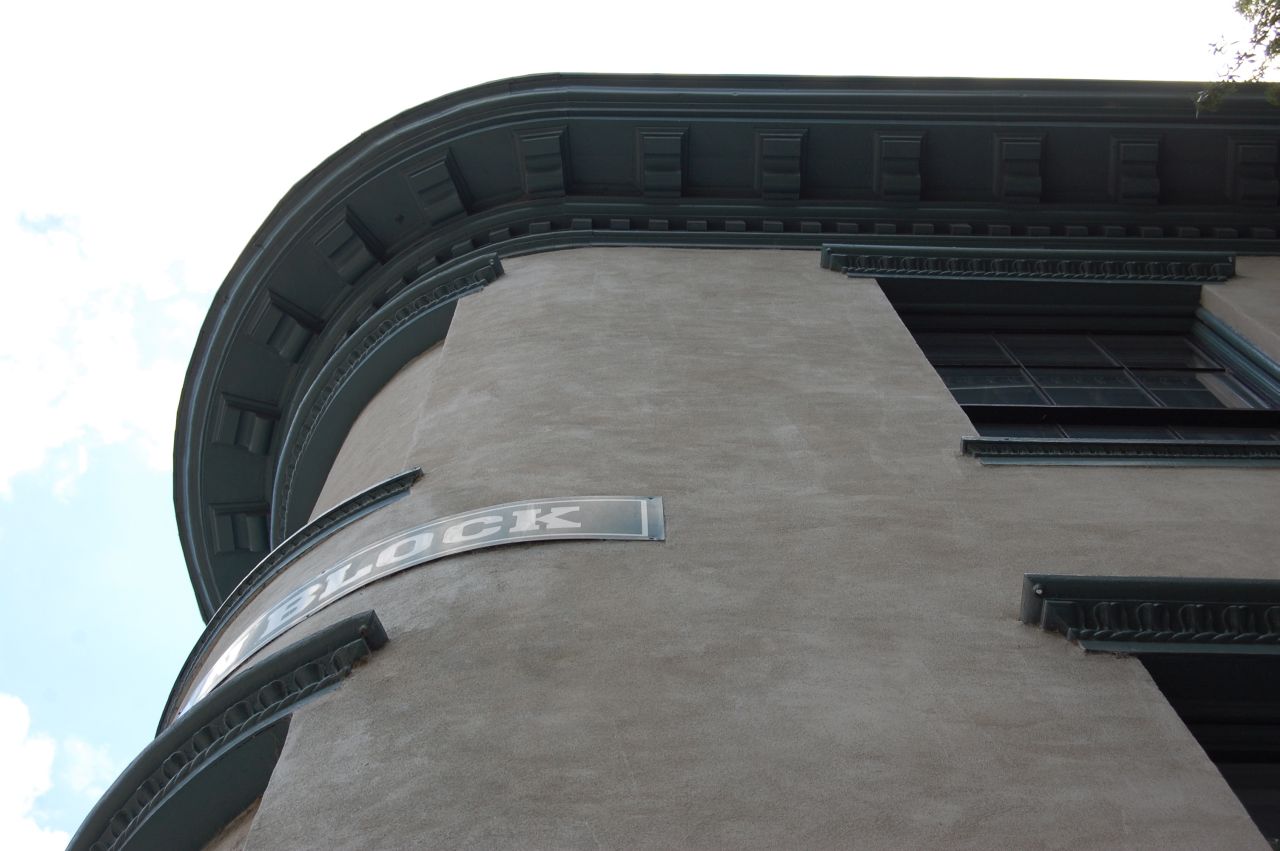

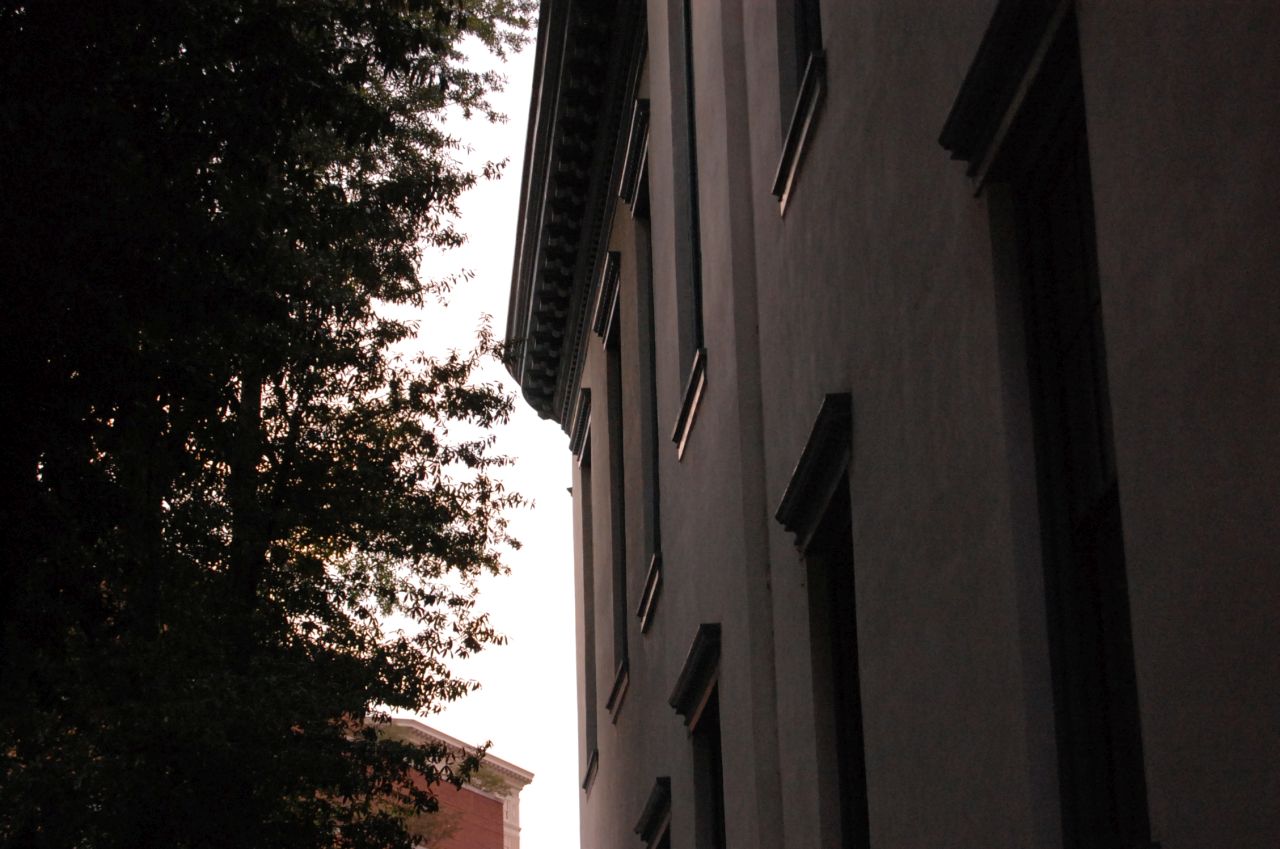
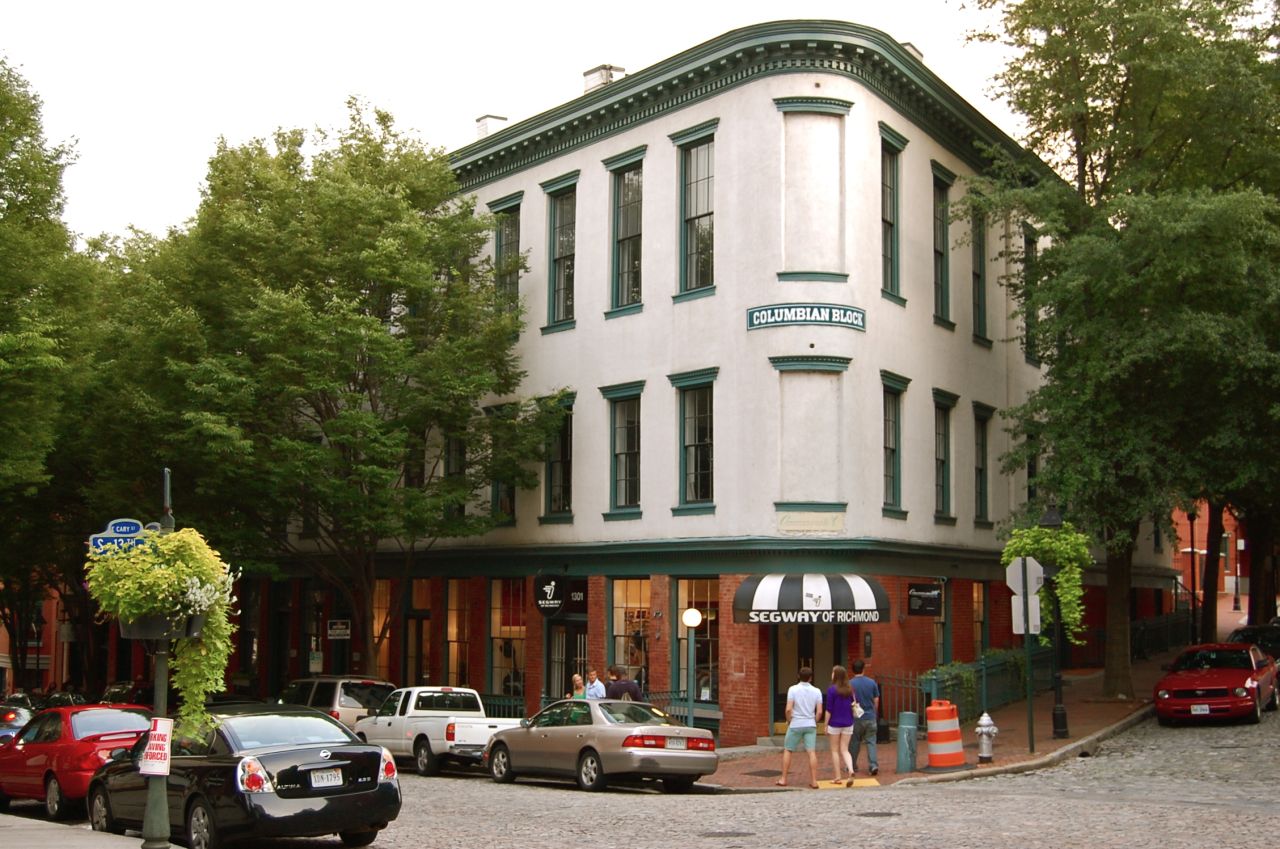
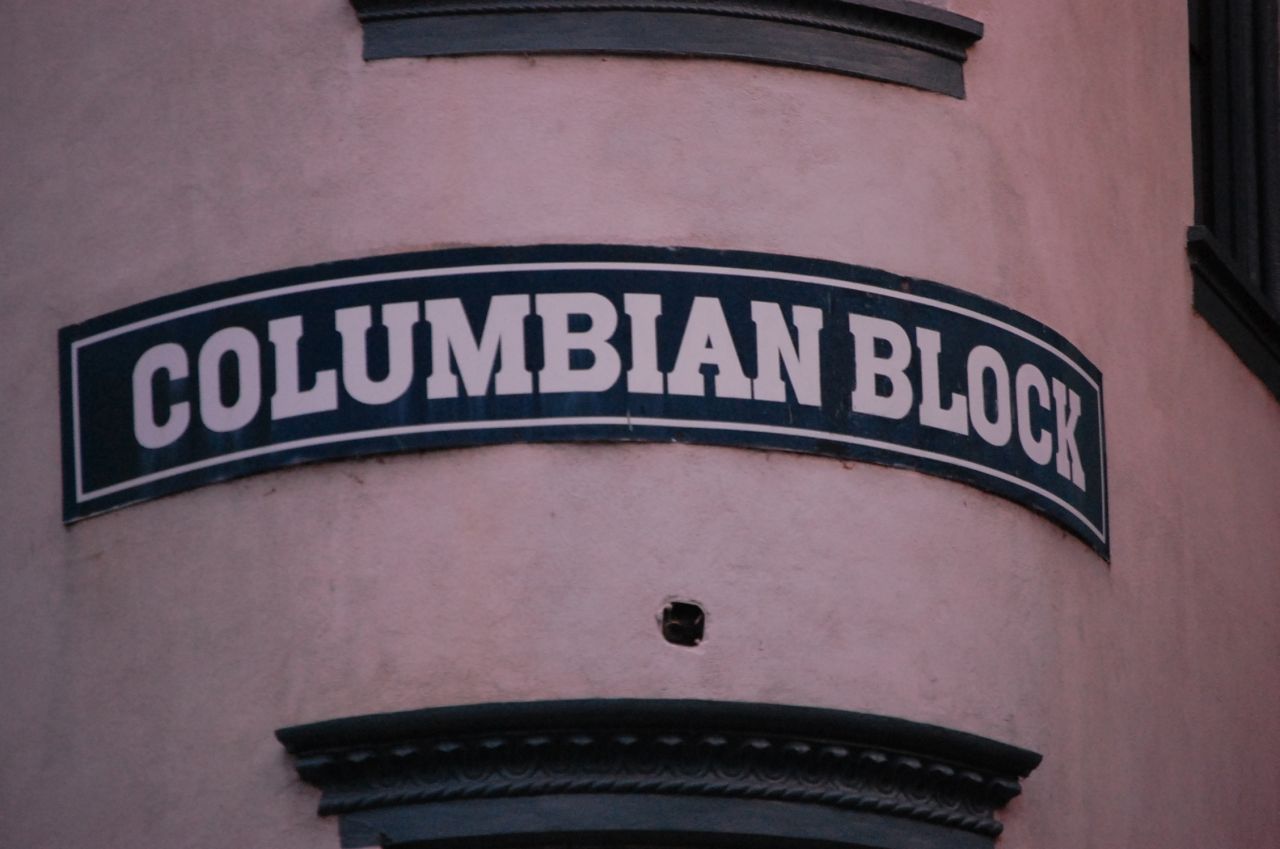

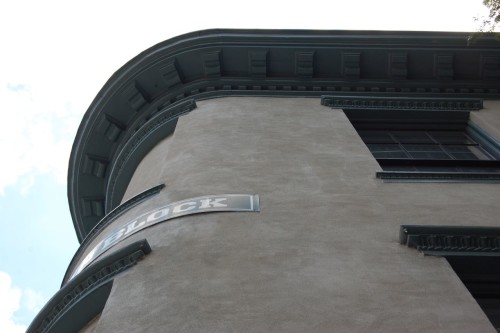


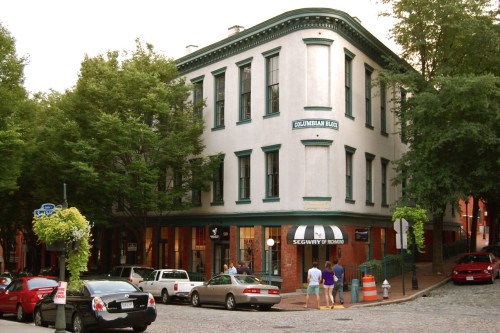
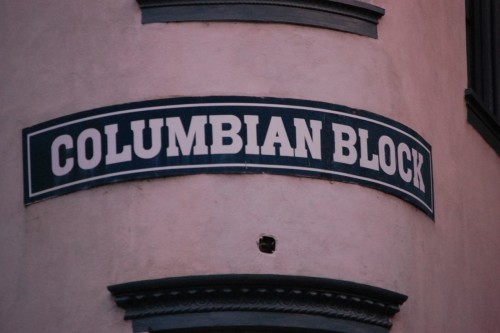
1 Comment
My great-great-grandfather, Samuel Fleming Padgett, owned this building from the late 19th into the early 20th centuries. He was the proprietor of S. F. Padgett General Produce Commission Merchants. You can see his awning in a photo of the Columbian Block that is in the Valentine collection. I have a copy at home. His home was at the intersection of Grove and Plum. At the end of the work day, he would unbridle his work horse, give it a wack on the rump, and it would walk to its stable behind 1425 Grove from the Slip.
Write a Comment